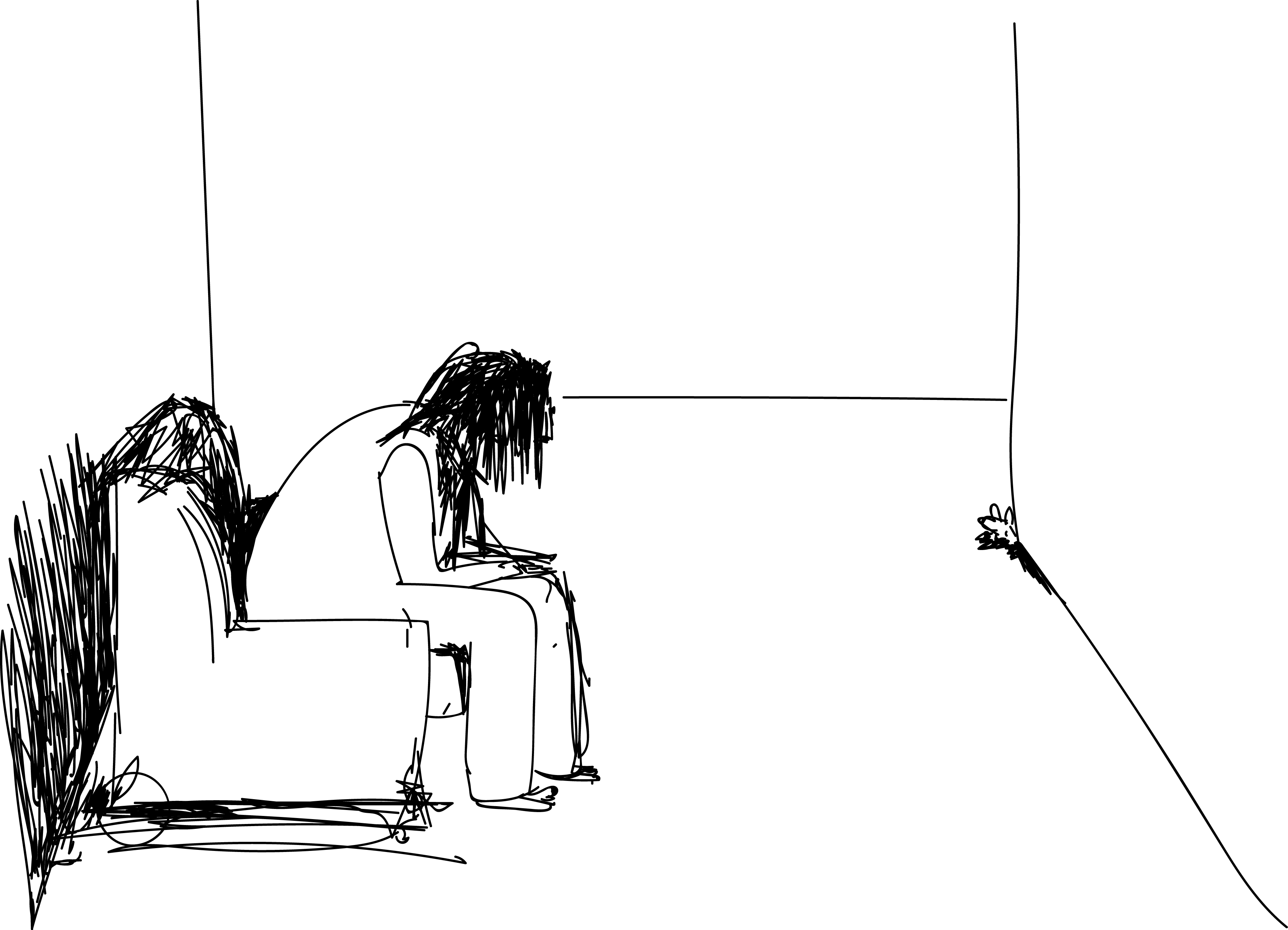while thinking about the meaning of 'interactivity'- i tried to deconstruct it in the simplest way, which for me is thinkin gthrough its parallels in nature. it gives me an entry point. it helps build a trajectory.
what is an interaction.
when I'm digging up ratholes in a uncultivated area, and by mistake break this small bugs house. It was a tiny remarkable worm- white and glazed. My size shrunk. I became timy- then as i sat there looking at the little worm trying to rebuild a wall of their house, nothing happend. life went on. I know of the worm now. It was a nice interaction.
When you are in a forest, or any place like that- place where you are not in control, wherre your rights and priveleges don't hold- any such place- isn't it interactions - the getting to know the meaning of each sound, slowly, territorially- getting to know who lives where- seeing the place in dark and light- make that place less threatening- what happens - is an exchange. you exert your presence, and you see others- other beings- ants, trees, mycelium.
which brings me to an interestin thought- the exchange- which is standing on the shared experience- teh comon experience. the common experience, too, is percieved by us from within our minds and contexts and it percieved by the 'other' from theirs. the existence of that common experience is perhaps the bed for empathy. For when we know an organism is looking into our eyes, it inevitably evokes a response. Its not a cultivated human trait. which is interesting to notice. a lot f our shared experience- is shared by all of the animal and plant world. nothing about that. just that. I'm glad.

following is a highlight from
The Mushroom at the End of the World : On the Possibility of Life in Capitalist Ruins by Anna Lowenhaupt Tsing
Article: Contamination as collaboration
We are contaminated by our encounters; they change who we are as we make way for others. As contamination changes world-making projects, mutual worlds—and new directions—may emerge.1 Everyone carries a history of contamination; purity is not an option. One value of keeping precarity in mind is that it makes us remember that changing with circumstances is the stuff of survival. But what is survival? In popular American fantasies, survival is all about saving oneself by fighting off others. The “survival” featured in U.S. television shows or alien-planet stories is a synonym for conquest and expansion. I will not use the term that way. Please open yourself to another usage. This book argues that staying alive—for every species—requires livable collaborations. Collaboration means working across difference, which leads to contamination. Without collaborations, we all die. Popular fantasies are hardly the whole problem: one-against-all survival has also engaged scholars. Scholars have imagined survival as the advancement of individual interests—whether “individuals” are species, populations, organisms, or genes—human or otherwise. Consider the twin master sciences of the twentieth century, neoclassical economics and population genetics. Each of these disciplines came to power in the early twentieth century with formulations bold enough to redefine modern knowledge. Population genetics stimulated the “modern synthesis” in biology, uniting evolutionary theory and genetics. Neoclassical economics reshaped economic policy, creating the modern economy of its imagination. While practitioners of each have had little to do with each other, the twins set up similar frames. At the heart of each is the self-contained individual actor, out to maximize personal interests, whether for reproduction or wealth. Richard Dawkins’s “selfish gene” gets across the idea, useful at many life scales: It is the ability of genes (or organisms, or populations) to look out for their own interests that fuels evolution.2 Similarly, the life of Homo economicus, economic man, is a series of choices to follow his best interests. The assumption of self-containment made an explosion of new knowledge possible. Thinking through self-containment and thus the self-interest of individuals (at whatever scale) made it possible to ignore contamination, that is, transformation through encounter. Self-contained individuals are not transformed by encounter. Maximizing their interests, they use encounters—but remain unchanged in them. Noticing is unnecessary to track these unchanging individuals. A “standard” individual can stand in for all as a unit of analysis. It becomes possible to organize knowledge through logic alone. Without the possibility of transformative encounters, mathematics can replace natural history and ethnography. It was the productiveness of this simplification that made the twins so powerful, and the obvious falsity of the original premise was increasingly forgotten.3 Economy and ecology thus each became sites for algorithms of progress-as-expansion. The problem of precarious survival helps us see what is wrong. Precarity is a state of acknowledgment of our vulnerability to others. In order to survive, we need help, and help is always the service of another, with or without intent. When I sprain my ankle, a stout stick may help me walk, and I enlist its assistance. I am now an encounter in motion, a woman-and-stick. It is hard for me to think of any challenge I might face without soliciting the assistance of others, human and not human. It is unselfconscious privilege that allows us to fantasize—counterfactually—that we each survive alone.
...........
control and sterelity - the removal of these transformative encounters.
the strategic removal of any kind of encounter is central to capitalism? in some way; or it is somethign I'm missing. some hidden thread.
Ref.
The Mushroom at the End of the World : On the Possibility of Life in Capitalist Ruins(Tsing, Anna Lowenhaupt)
Location 511-538
